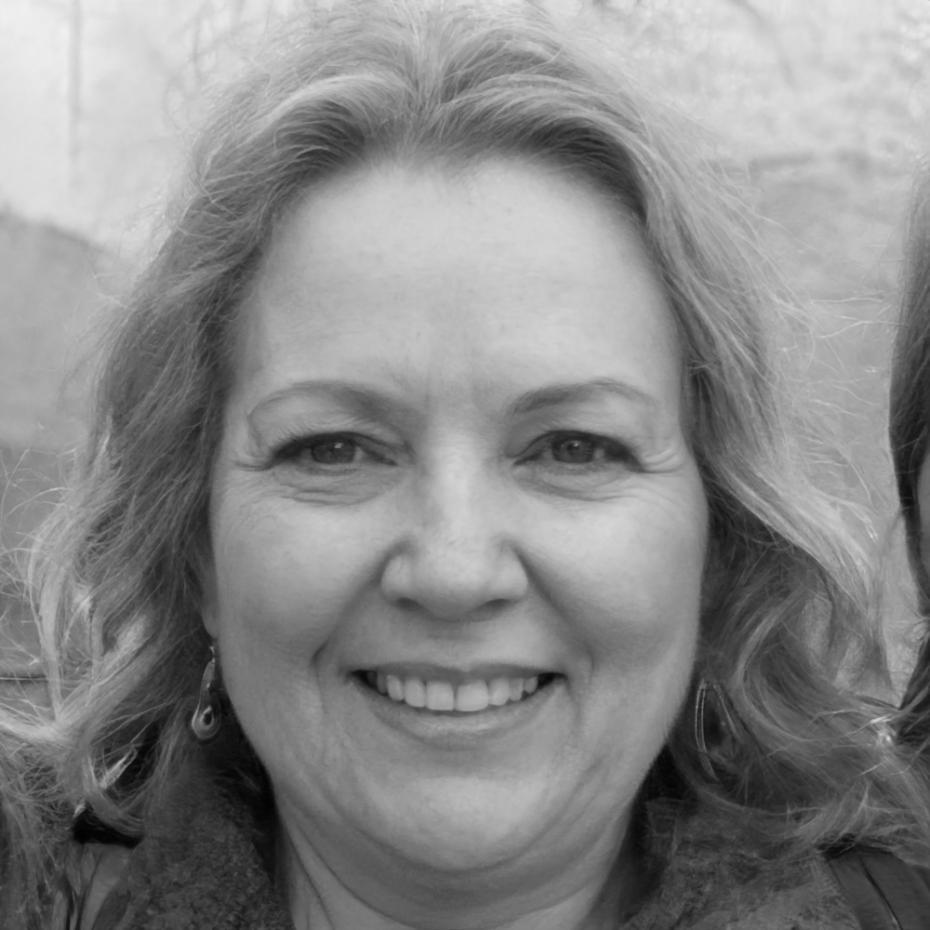Master Remote Learning for Financial Success
Navigate the challenges of distance education while building your financial knowledge. Our practical approach helps you create structured learning environments that actually work for busy schedules and real-world applications.
Explore Learning Options
Find Your Learning Path
Every situation requires a different approach. Use these guided questions to identify strategies that match your current circumstances and goals.
Struggling with Focus?
Distractions at home making it hard to concentrate on financial concepts? You're dealing with something most remote learners face. The solution isn't willpower - it's smart environment design.
Get Focus StrategiesTime Management Issues?
Balancing work, family, and education feels impossible? We've worked with thousands who juggle similar demands. The key is realistic scheduling that fits your actual life.
Build Your ScheduleMissing Practical Application?
Theory is great, but how do you apply savings strategies to your actual budget? Our approach bridges the gap between classroom concepts and real-world financial decisions.
See Real ExamplesLearning Alone?
Remote doesn't have to mean isolated. Building connections with other learners creates accountability and shared problem-solving that makes complex topics clearer.
Join CommunityStep-by-Step Remote Learning Success
These aren't theoretical steps - they're based on watching hundreds of students successfully transition from struggling with remote education to thriving in self-directed financial learning.
Create Your Learning Space
Most people think they need a perfect home office. Actually, you need a space that signals "learning mode" to your brain. Could be a corner of your kitchen table, but it needs to be consistently yours during study time.
- Dedicated supplies that stay in one place
- Lighting that reduces eye strain during long sessions
- Noise management (headphones, white noise, or quiet hours)
- Visual cues that help you transition into focus mode
Build Realistic Routines
The biggest mistake is copying someone else's perfect morning routine. Your schedule needs to work with your actual life - kids, job demands, energy levels. Start small and build habits that stick.
- Start with 20-minute sessions rather than ambitious 2-hour blocks
- Link learning to existing habits (coffee time, lunch break)
- Plan for interruptions instead of pretending they won't happen
- Track what actually works, not what you think should work
Connect Theory to Practice
Financial education fails when it stays abstract. Every concept you learn should connect to a real decision you're making. Budgeting isn't just math - it's choosing between competing priorities in your actual life.
- Use your real bank statements for budgeting exercises
- Calculate compound interest on your actual savings goals
- Practice with your genuine financial challenges, not textbook examples
- Apply concepts immediately, even in small ways
Meet Your Learning Strategist
Real expertise comes from understanding both the subject matter and the unique challenges of remote education in financial topics.

Dr. Kira Bjornsson
Remote Learning Specialist & Financial Education Director
After spending six years watching brilliant students struggle with remote financial education, I realized the problem wasn't the content - it was the delivery. My background combines adult learning psychology with practical financial planning, focusing specifically on how people actually learn complex topics outside traditional classrooms.
What sets our approach apart is understanding that financial education isn't just about numbers - it's about changing behavior. And behavior change requires different strategies when you're learning from home, managing distractions, and applying concepts to real-world situations without immediate instructor feedback.
Get Learning Support